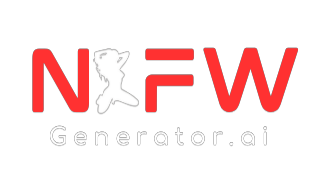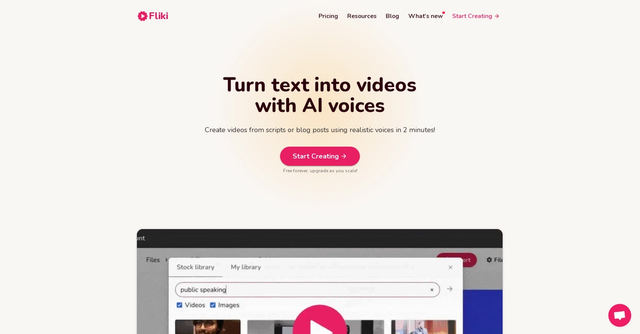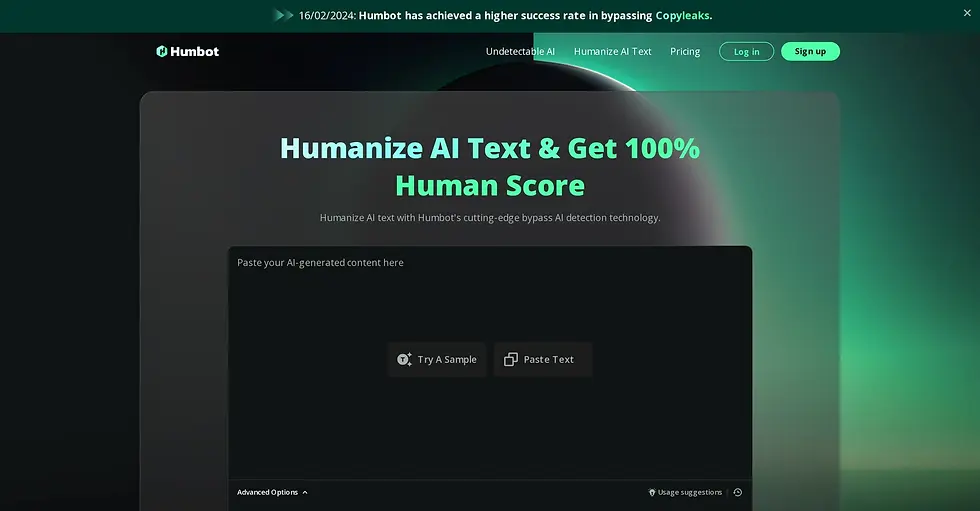Best AI Image Generator Tools of 2025
Updated at:
5/2/2025
Reviewed by Hey It's AI editors
Based on our user's ratings of AI image generators, these are the tools that came out on top.

In today’s fast-paced digital world, having access to high-quality, custom visuals is more important than ever. Whether you’re a designer, marketer, or content creator, AI image generators have transformed how we bring ideas to life. These powerful tools use artificial intelligence to create stunning images from simple text prompts, offering endless creative possibilities.
In this guide, we explore the best AI image generator tools available, showcasing their unique features, ideal use cases, and how they can elevate your projects. From generating realistic landscapes to artistic designs, AI-driven tools provide a quick, cost-effective, and innovative solution for creating captivating visuals.
Join us as we dive into the top AI image generators that are reshaping the creative landscape, and discover how these tools can boost your productivity and creativity.
The top best AI Image generator tools
What is an AI Image Generator?
An AI image generator is a sophisticated software tool powered by artificial intelligence (AI) that creates images based on user-provided inputs. These inputs can include text descriptions, existing images, or predefined parameters, making it possible to produce visuals ranging from hyper-realistic photos to abstract art.
By leveraging the capabilities of machine learning and neural networks, AI image generators enable users to generate unique, high-quality visuals in a matter of seconds.
These tools are transforming industries by democratizing access to creative resources, reducing costs, and empowering users—regardless of their artistic or technical expertise—to create stunning visuals effortlessly.
How AI Image Generators Work
To fully appreciate the power of AI image generators, it’s essential to understand the technology behind them.
1. Training the Model
AI image generators rely on large-scale datasets containing millions (or even billions) of images. During training, the AI learns:
-
Patterns and Structures: Recognizing objects, textures, and spatial relationships.
-
Styles and Aesthetics: Understanding artistic styles, color theory, and cultural aesthetics.
-
Contextual Understanding: Associating textual descriptions (prompts) with corresponding visual elements.
This training process is typically carried out using advanced machine learning techniques, such as:
-
Generative Adversarial Networks (GANs): A system where two neural networks compete against each other, refining their outputs until the generated image becomes indistinguishable from real data.
-
Diffusion Models: Techniques that iteratively transform random noise into a coherent image by reversing a "diffusion" process.
2. User Input
The user interacts with the AI image generator through a user-friendly interface. Inputs can include:
-
Text Prompts: Descriptions like “a futuristic cityscape at night with neon lights” or “a cozy living room with minimalist furniture.”
-
Image Inputs: An existing image that the AI uses as a reference for style or content.
-
Custom Parameters: Options to adjust resolution, color palettes, or stylistic elements.
3. Image Generation Process
Once the input is provided:
-
Text or Image Parsing: The AI breaks down the input into interpretable components.
-
Synthesis: The AI combines its understanding of the input with patterns it learned during training to generate a new image.
-
Refinement: Depending on the tool, users may tweak the result by modifying the prompt or adjusting parameters.
4. Output Delivery
The final product is a high-quality image tailored to the user’s specifications. Most tools also allow exporting the image in various formats and resolutions.
Key Features of AI Image Generators
AI image generators stand out because of the following features:
-
Customizability: Users can fine-tune outputs to match specific styles, moods, or requirements.
-
Scalability: Generate multiple images quickly, making it ideal for bulk content creation.
-
Diverse Applications: From art and design to marketing, these tools cater to various use cases.
-
Interactivity: Many platforms offer real-time previews and editing options.
Advantages of AI Image Generators
1. Accessibility
AI image generators make professional-level design accessible to everyone, regardless of their technical skills or artistic background.
2. Cost-Effectiveness
By automating the creative process, these tools reduce the need for expensive software or hiring professional designers for simple visual tasks.
3. Time Efficiency
Generating an image with AI takes seconds, whereas traditional methods could take hours or even days.
4. Creative Exploration
AI tools allow users to experiment with styles, colors, and concepts they may not have considered otherwise, fostering innovation.
Limitations and Challenges
While AI image generators are powerful, they do have some limitations:
-
Quality Consistency: Results may vary depending on the complexity of the prompt or the tool's training data.
-
Ethical Concerns: Issues such as copyright infringement, misuse of generated images, and ethical use of AI-generated art are still being debated.
-
Learning Curve: For advanced use cases, users might need to learn how to craft effective prompts or adjust technical settings.
Real-World Applications
AI image generators have applications across numerous industries:
-
Marketing and Advertising: Creating visuals for campaigns, social media, and product promotions.
-
Entertainment and Gaming: Designing characters, environments, and concept art.
-
E-commerce: Generating high-quality product images or mockups.
-
Education: Visualizing concepts or creating educational materials.
-
Personal Projects: Enabling hobbyists and creators to experiment with digital art.
The Future of AI Image Generators
The technology behind AI image generators continues to evolve. Future advancements may include:
-
Better Realism: Improved algorithms for even more lifelike results.
-
Enhanced Collaboration: Seamless integration with other design tools and workflows.
-
Greater Accessibility: More intuitive interfaces and affordability for a broader audience.
-
Responsible AI Use: Development of tools that ensure ethical and fair use of AI-generated content.
AI image generators are not just tools—they're catalysts for a new era of creativity, enabling anyone to transform their imagination into visual reality. Whether you’re a professional artist, a business owner, or simply someone exploring creative hobbies, these tools offer endless opportunities to innovate, inspire, and achieve your goals.



.webp)

.webp)








.jpg)














%20(1).webp)
.webp)




.webp)




















